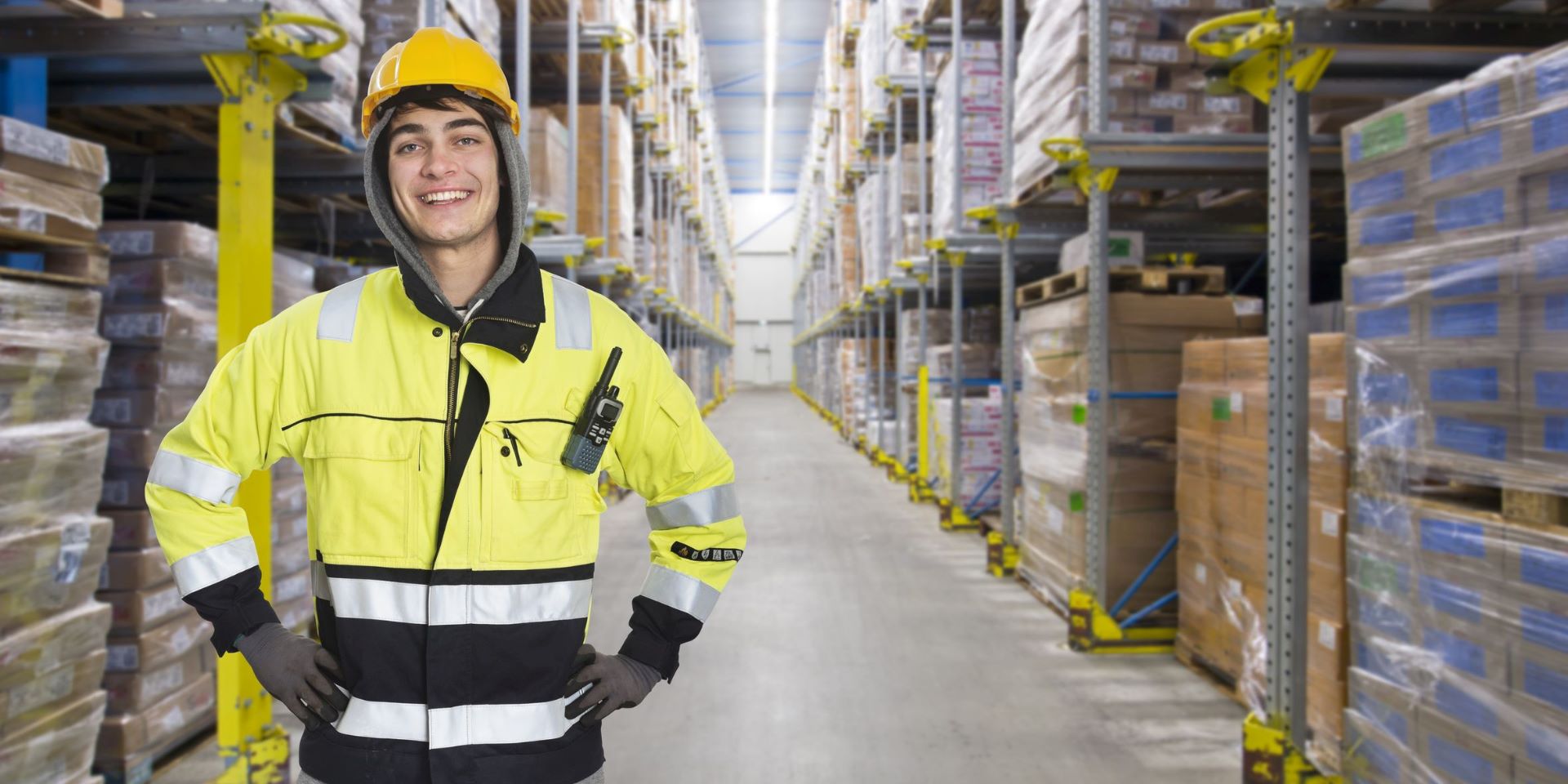
Guide: O
Operational Safety
Table of Contents
Operational safety
Operational safety is made up of various areas of competence. On the one hand, comprehensive fire protection must be ensured, which is also compatible with the concepts of lighting, dryness, temperature and escape routes. In this way, a possible accident is to be avoided in order to improve occupational safety as a whole complex. How the concrete requirements of the individual areas look in practice, however, is again made clear by the corresponding standards.
According to §10 of the Ordinance on Industrial Safety and Health, such inspections must be carried out by competent persons. However, who is considered competent is then again determined by the technical rules for operational safety. This does not make it easy for laypersons to keep track of the areas of responsibility and to work on positive measures for improvement. In addition to such restrictions, there are numerous other regulations and standards that must be observed for one's own safety concept.

Concrete measures for more operational safety
A number of concrete measures can be taken to improve occupational safety. These make it possible to combat hazards in their approach and to work on modern systems. To prevent fires, for example, it is possible to install automatic sprinklers and fire doors. Alarm systems and carbon dioxide meters can also provide additional information before a possible emergency and prevent worse consequences.
It is also a good idea to rely on additional reinforcement for the safety of the shelving systems. This always creates an excellent load-bearing capacity, which makes the racking a safe choice even with larger loads. For the forwarding company, this provides numerous new possibilities to ensure a good and, above all, permanently functioning solution with little effort and without complex standard analyses in operational safety.
In this way, no more difficulties arise in the warehouse, which means that nothing stands in the way of a positive impact on occupational safety. The many facets of warehouse safety in connection with the Ordinance on Industrial Safety and Health make an overview extremely difficult. Nevertheless, measures can be taken in this way to ensure the safe use of work equipment and to effectively prevent any accidents in logistics.

The most important standards in the warehouse
Around the existing standards and regulations, a distinction is made between three larger areas. There are the DGUV standards, the DIN standards and the RAL standards. These supplement the applicable workplace ordinance as well as the industrial safety ordinance for determining competent persons. However, the following content aspects are clarified by the 3 sets of standards:
- DGUV standards
In the area of occupational safety, the DGUV refers to the permitted locations for storage facilities and equipment, so that the necessary operating instructions are always available. This makes it clear from the outset which locations are suitable for installation and which factors must be taken into account when making the appropriate selection.
- DIN EN standards
The DIN standards basically specify which racking systems may be used and under which aspects. The handling of goods within different storage systems is also described in more detail here, in order to be able to compare the adaptation of one's own concepts significantly. - RAL standards
When it comes to quality assurance in the warehouse as well as for transport units, the RAL standards are the right place to go for relevant information. In connection with dynamic storage systems, it is always possible to meet operational requirements and work on sustainably good results.
